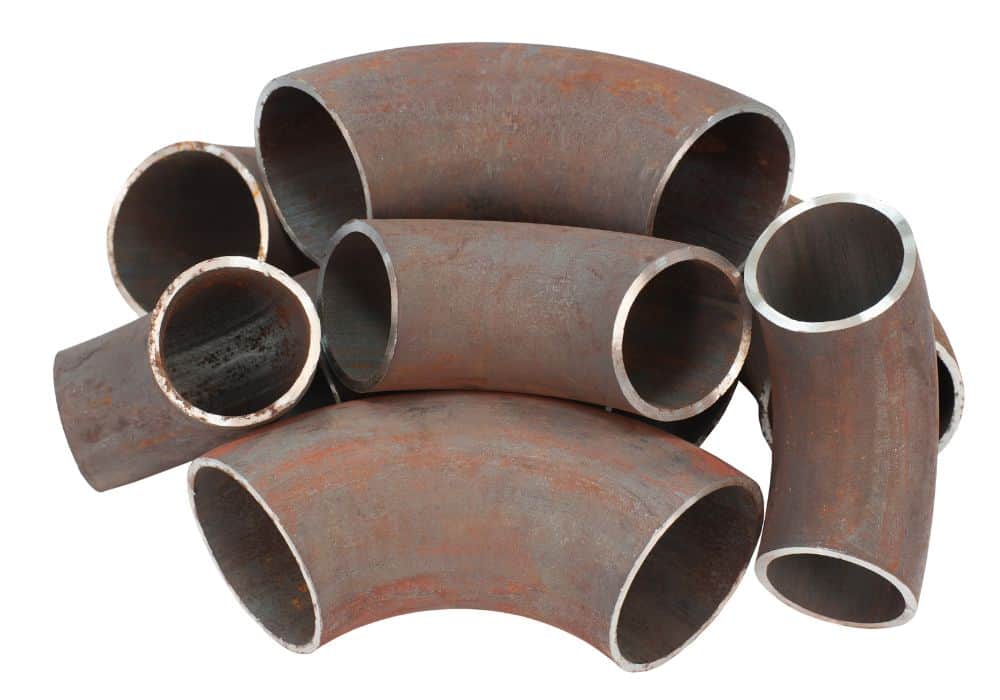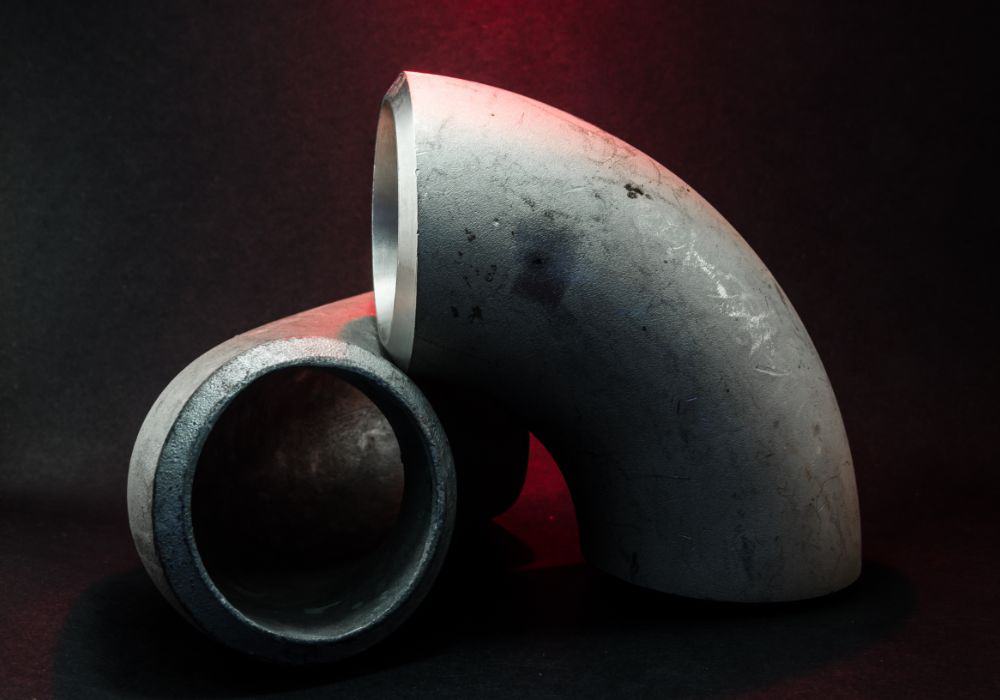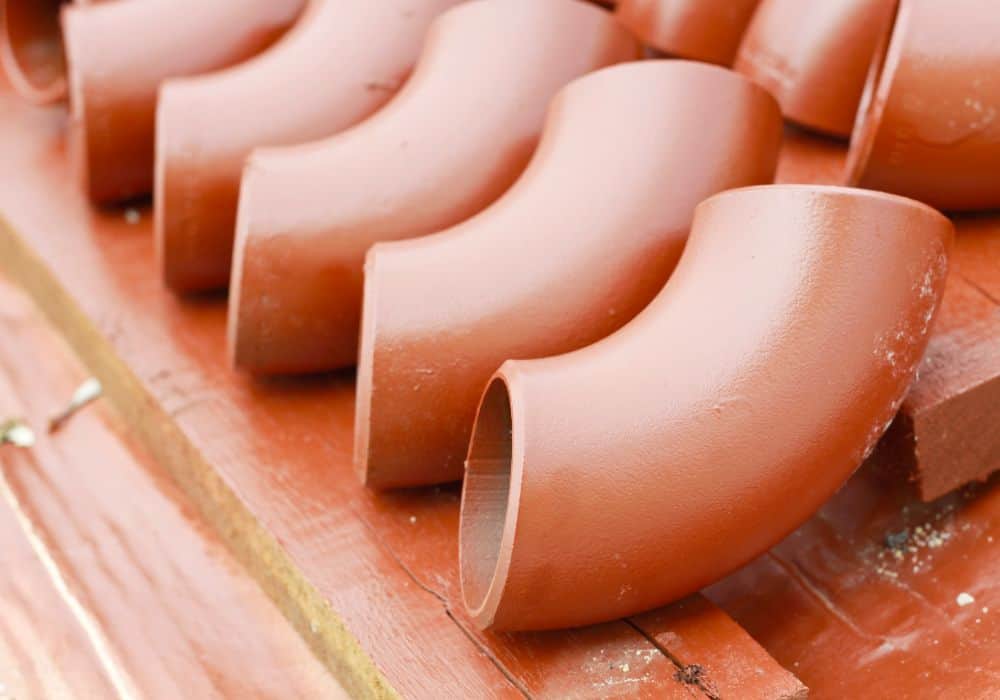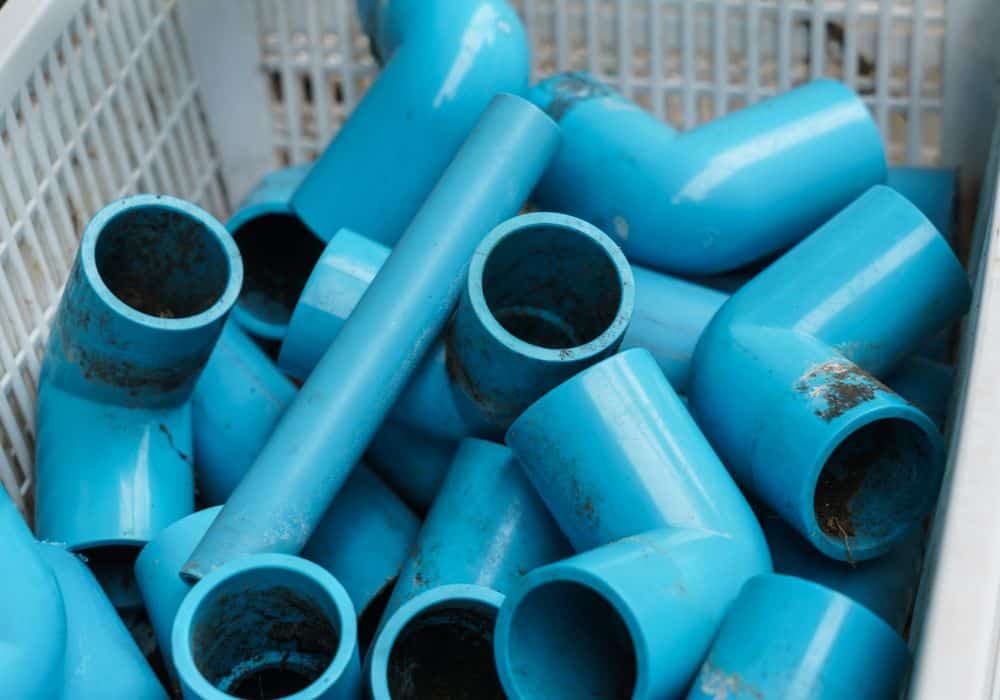It is easy to confuse a pipe bend and a pipe elbow because there is no difference between them to the untrained eye. Many engineers typically use the terms interchangeably, but they do not represent the same things. It may even cause some structural damage if you mistake a pipe bend where a pipe elbow is required.
Pipe bends and elbows change a piping system’s flowing course or direction. They are usually used for a specific reason, meaning that water, air, or any other substance changes its flow from one direction to another. However, the process of installing and using them differs. Let’s discuss more on this later.
What Is a Pipe Bend?

A pipe bend is a generic term that contractors and structural engineers use to represent a change in the piping system direction. There is no trick to the term; it means a ‘bend’ as you know it, on a piece of pipe.
There is usually a reason for this change to happen, causing the engineer to change the direction of the piping. However, there is usually no specific bend degree or change of direction regulation. That means the engineer can bend the pipe in any direction that fits its purpose.
Also, it means the piping material is malleable enough to withstand the bending process without cracking or breaking. Engineers use special machines to change the pipe’s bend on site, so it is typically useful when there is an unforeseen need for the pipe bend, and the engineer has to custom-fit it.
The flow of a pipe bend is usually better and smoother because of the lack of irregular surfaces inside it. The substance flowing inside does not have to change its direction abruptly due to sharp turns or twists. It has a wider regular pipe bend radius, accommodating the flow better than a pipe elbow.
The minimum bending radius for a pipe bend is 1.5R; it cannot go lower than that. If you find a pipe with a bending radius of less than 1.5R, it is no longer a bend but an elbow. Common industry-standard bending radii range from 1.5 to 4.5R, but pipe elbows typically have smaller bending radii.
Builders prefer to use pipe bends because they are affordable and do not usually need many expensive fittings. They also work for any purpose to which you can put a pipe elbow but do not cost as much. You can always change their direction if you use cold or hot bending on a bending machine.
What Is a Pipe Elbow?

A pipe elbow is pre-designed to fit a specific design need. It is usually custom-made to standard specifications and used by builders when they need it for certain project parts. It is made as a spool piece to be flanged, screwed, or butt welded to the associated piping system.
In other words, you cannot bend a pipe elbow on a construction site; it must be engineered to fit a specific purpose. A pipe elbow can be a long or short radius type, although many come in a custom design nominal pipe size. Also, it can be 90 degrees or 45 degrees.
The term ‘pipe elbow’ cannot cover a pipe bend because of the latter’s malleability. Since you can change the direction of a pipe bend, it does not fit under the category of a pipe elbow.
However, you can qualify a pipe elbow under the category of a pipe bend due to its similarity of purpose, although elbows are not malleable. But you must provide the radius and angle, which is not typical with a pipe bend. In plain terms, a pipe elbow is usually qualified by its angle and radius, but a pipe bend is not.
A long radius elbow, or LR elbow, means the pipe elbow has a radius of 1.5 times the diameter of the pipe. A 90-degree long radius pipe elbow changes the pipe’s direction by 45 degrees, and a 90 degrees long radius pipe elbow changes the pipe’s direction by 90 degrees. There is also a long radius 180-degree elbow, which is a return bend that allows a total flow reversal.
A short radius elbow, or SR elbow, means the pipe elbow has a radius of 1.0 times the pipe’s diameter. You will typically find a short radius 45-degree elbow that changes the pipe’s direction by 45 degrees. A 90-degree short radius elbow changes the course of the pipe by 90 degrees. But a third option is the short radius 180-degree elbow that acts as a return bend and allows a total flow reversal.
You may have a conflict deciding which pipe elbow radius type to use, primarily because both radius types are similar. A short-radius elbow typically works when there is not much space to use a long-radius elbow or you are working with a tight budget. Otherwise, a long radius pipe elbow is always ideal.
Therefore, use the long radius type if you have ample space for a wider turn. That way, there is a smaller chance of losing pressure when transporting substances. Also, this type works best if the substance flowing through it has some solids or is abrasive.
Pipe Bend vs. Pipe Elbow: Comparison

The following are the primary differences between a pipe bend and a pipe elbow for easy comparison:
1. Category
A pipe bend is a general term used for changing the flow of a piping system. But a pipe elbow is an engineering term with specific classifications: radius type and degree. You do not find the same with bends.
2. Manufacture
An engineer or contractor makes a pipe bend depending on the moment’s need; it does not come pre-designed that way. On the other hand, a pipe elbow is manufactured with detailed standard specifications, and you can find it in stores for picking.
3. Purpose
A pipe bend is customized to fit a specific piping need and can go in any direction. In other words, it is custom-made by the builder, not the factory. However, a pipe elbow has standard pipe fittings and a specific direction, and you must select one from the shelf based on the piping needs.
4. Classification
You can classify all pipe elbows as bends because of the tangent; a bend is a general term for pipe bends and pipe elbows. The pipes come bent, which is the general term for their direction. But you cannot classify all pipe bends as elbows because bends are custom-made, but elbows are not.
5. Radius

Pipe bends generally have a radius of curvature radius two times or more than the pipes’ diameter. On the flip side, pipe elbows have a smaller radius, one or two times the diameter of the pipes. In other words, a pipe bend has a larger radius than a pipe elbow. This is, perhaps, the biggest difference between them.
6. Angles
Pipe elbows are restricted in how much they can change directions. You buy them already fitted to industry standards. So, they are limited in angle, bend radius, and size. All elbows maintain a 45-degree or 90-degree bending angle. Pipe bends are more flexible, and any other offset on a pipe makes it a bend, not an elbow.
7. Flow
Some elbows have a 180-degree angle, making them a return bend because of the total flow reversal. However, almost all elbows have sharp corners due to their specific right angles and design. On the other hand, bends never have sharp corners but always have a smooth flow.
8. Friction
There is usually less pipe friction involved when forging a bend. The reason is that you do not need to weld, screw, or flange the pipe. Also, there is no frictional fluid pressure loss. However, elbows usually need welding or screwing to connect them to the rest of the piping system, meaning they can create friction.
9. Thickness
There are constraints on pipe bending to prevent a loss of thickness on piping material. The thinner a pipe is, the less able it is to contain the pressure of the fluid. Therefore, there is a requirement for the thickness a pipe must maintain to enable it to hold the pressure of the substance it carries. If there is a standard thickness, there will be less pressure drop.
It must also accommodate possible corrosion, mechanical issues, erosion, or any other damage that may occur over its lifespan. Otherwise, the pie becomes unfit for use if the engineer bends it too far to stretch the material thin. The same does not apply to a pipe elbow because there is no bending need.
Bottom Line
A pipe bend is not the same as a pipe elbow, although you can classify a pipe elbow as a pipe bend. A bend is custom-made on the construction site to accommodate a specific need. But an elbow is factory-made with industrial standards and dimensions to fit the need of the piping.
You cannot change the direction of any elbow you purchase without damaging the pipe. On the other hand, you can change the direction of a pipe bend to fit different purposes without damage. Bends are cheap, unlike the cost of elbows, so they are generally preferred for construction unless for specific engineering demands.
